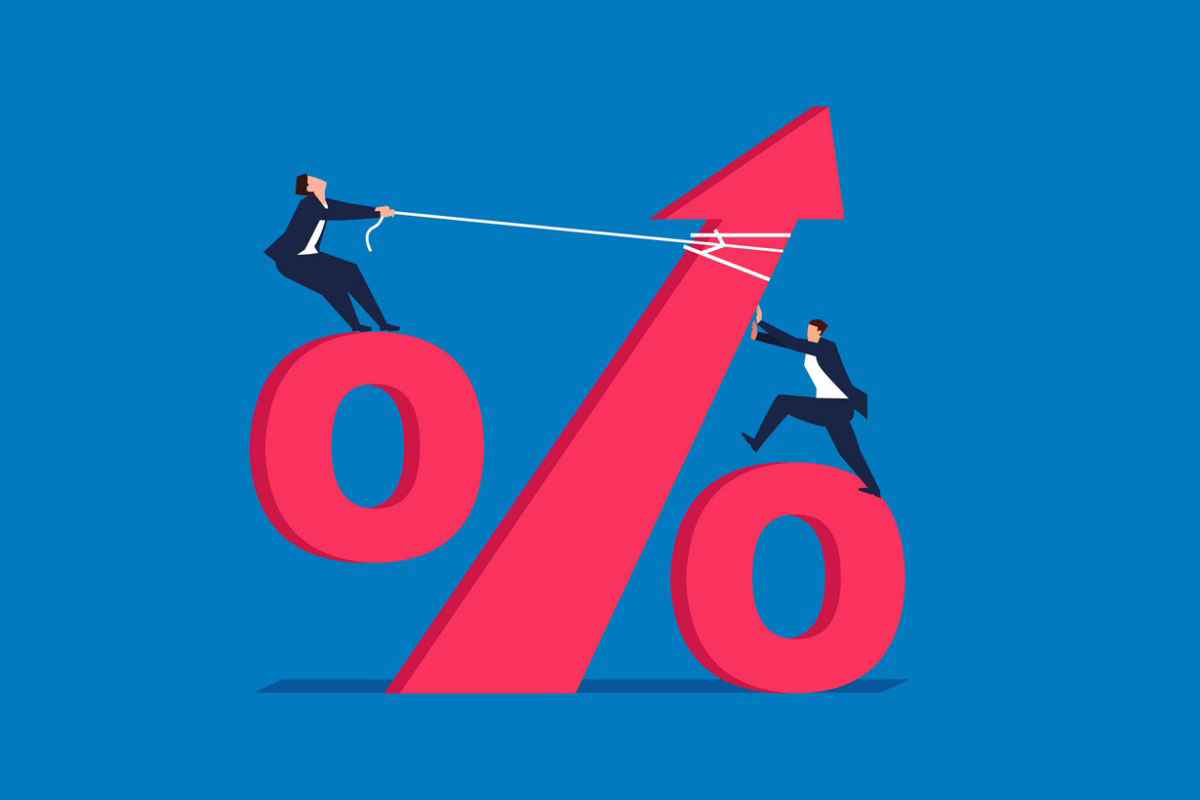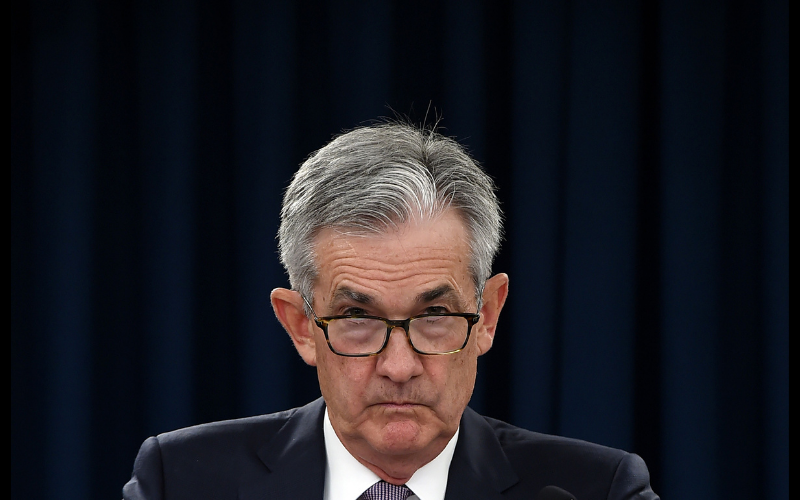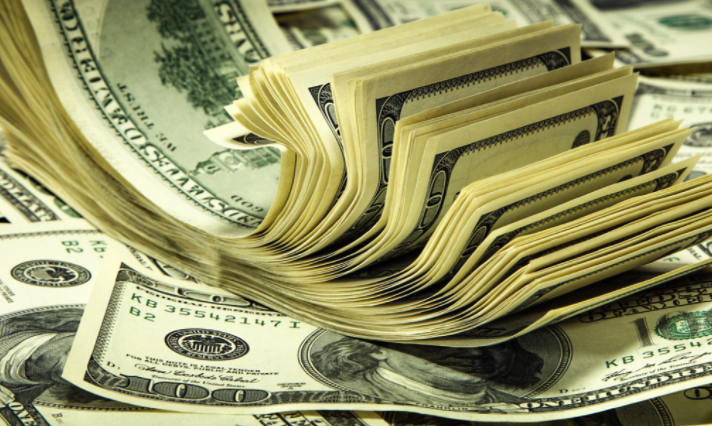Daily FX Market Roundup 12.07.2021
By Kathy Lien, Managing Editor
There is a very clear triple quadruple top pattern in USDCAD from 1.2850. Investors have been snapping up Canadian dollars ahead of Wednesday’s monetary policy announcement. The Bank of Canada is widely expected to leave interest rates unchanged but given consistently positive data, they will reaffirm plans to raise interest rates early next year. When the BoC last met in October, they surprised the market by ending Quantitative Easing suddenly and advanced their forecast for a rate hike from the second half to second quarter of 2022. Since then, the economy continues to recover from earlier restrictions. Job growth blew past estimates in November with more than 153,000 workers finding new employment. The labor market is not only back to pre-pandemic levels but the economy is at full employment. As indicated by today’s IVEY PMI report, manufacturing activity is up and most importantly, inflation is growing at its fastest pace since 2003.
At this pace, the Bank of Canada can no longer justify the current level of policy accommodation. The market is pricing in anywhere between 4 to 5 rate hikes by the BoC next year. With the latest numbers, it would not be out of question for the central bank to suggest that rates could be increased sooner – the RBNZ surprised with a quarter point hike in October. Omicron could hold the central bank back but very early signs show that while fast moving, this variant may be less severe than other forms of the virus, which explains why stocks have recovered nearly all of its Omicron losses. If the Bank of Canada emphasizes the high level of inflation and brings forward tightening plans, USD/CAD could extend its slide down to 1.26.
Monetary policy announcements can have a significant impact on currencies. The best performing currency today was the Australian dollar which rose more than 0.8% after the Reserve Bank left monetary policy unchanged. According to RBA Governor Lowe, “The emergence of the Omicron strain is a new source of uncertainty, but it is not expected to derail the recovery. The economy is expected to return to its pre-Delta path in the first half of 2022. By downplaying Omicron risk, the RBA has fueled expectations for an earlier rate rise. Having sold off steadily since late October, this is the strongest two day rally we’ve seen in AUD/USD in 6 weeks. The New Zealand dollar followed the Australian dollar higher.
In contrast to the commodity currencies, euro and sterling sold off against the U.S. dollar today. Although the German ZEW survey was not as weak as anticipated – the economic sentiment index dropped to 29.9 instead of 25.1, the current conditions component turned negative for the first time since June. With virus cases on the rise and Omicron spooking some nations back into lockdown, investors expect activity and sentiment to deteriorate further.





